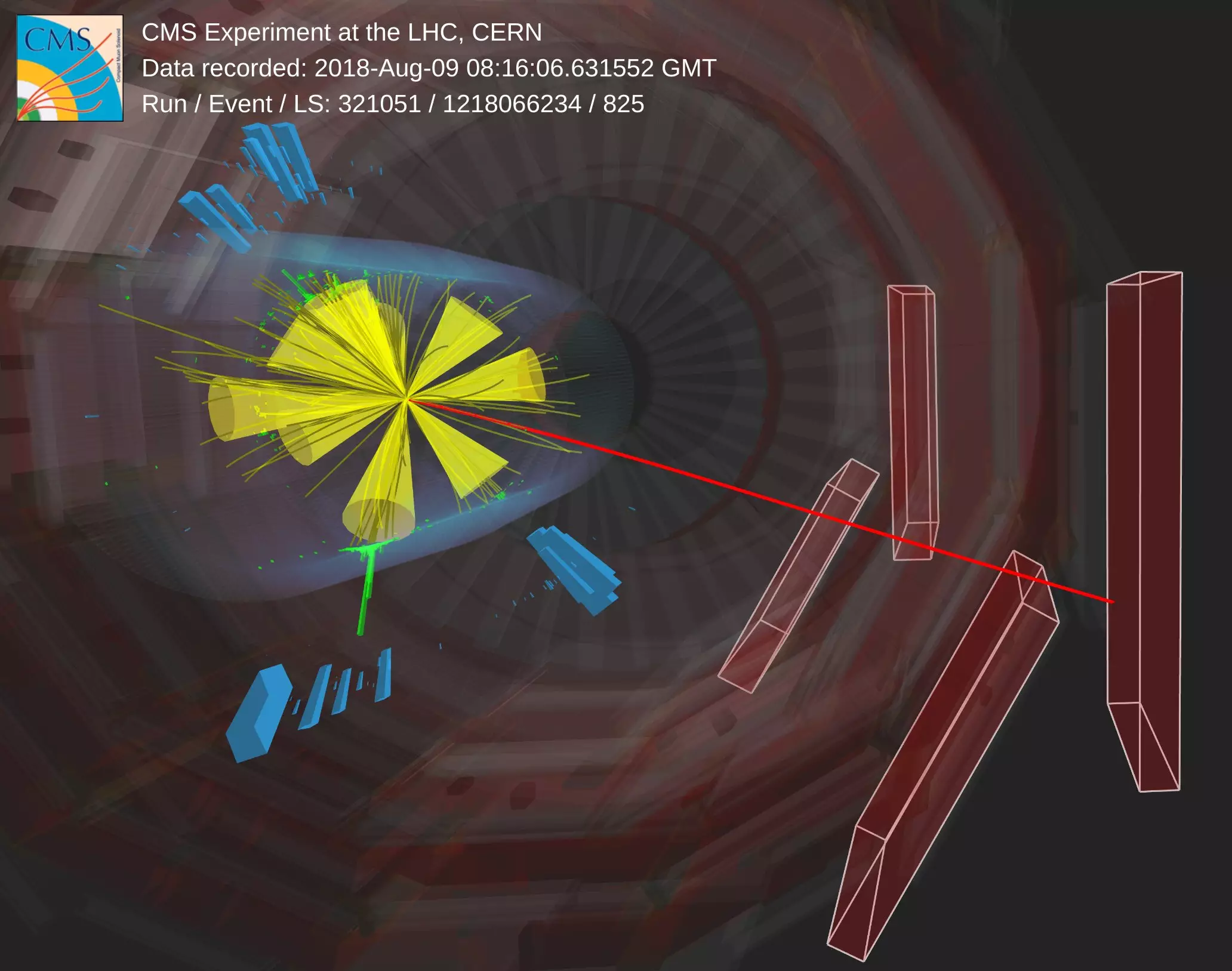Supersymmetry (SUSY) is an intriguing theory in particle physics that offers solutions to some of the mysteries still lingering in the field. It proposes the existence of “superpartners” for all known particles, each with distinct properties. For instance, the top quark from the Standard Model would have a superpartner known as the “stop.”
In 2021, the CMS collaboration conducted a comprehensive analysis of collision data collected between 2016 and 2018. Their findings hinted at the possible presence of stop particles in the data set. To confirm this, the collaboration opted to reanalyze the data using upgraded techniques rather than waiting for additional data collection over several years.
Detecting the signal from stop particles proved to be a challenging task due to the similarities in the signal footprint with common processes found in the Large Hadron Collider (LHC). Specifically, the production of top quarks paired with multiple jets presented difficulties in accurate simulation.
The CMS physicists utilized the ABCD method to estimate background signals from the observed data, as opposed to relying solely on simulations with potential uncertainties. This method involves categorizing the data into four distinct regions based on two independent observables that can differentiate between signal and background events.
Given the correlation between variables in the stop search, the traditional ABCD method was unsuitable. As a solution, CMS physicists employed advanced machine learning techniques to identify two minimally-correlated variables for data subdivision. The correlation between these variables demonstrated the predominance of the signal in region “A.”
The implementation of this innovative method significantly enhanced the accuracy of background prediction in the analysis, leading to a notable increase in sensitivity. While the absence of a clear signal in the analysis indicated that a stop decaying into top quarks and jets must have a mass exceeding 700 GeV in particular SUSY scenarios.
With a more sensitive analysis method at their disposal, physicists are eager to delve deeper into the data collected during the ongoing LHC Run 3. This advancement promises further insights into the elusive realm of particle physics, unveiling the hidden secrets of nature.
The groundbreaking work of the CMS collaboration exemplifies the power of innovation in scientific research. Through the integration of advanced techniques and methodologies, physicists are able to push the boundaries of knowledge and uncover the mysteries of the universe.


Leave a Reply